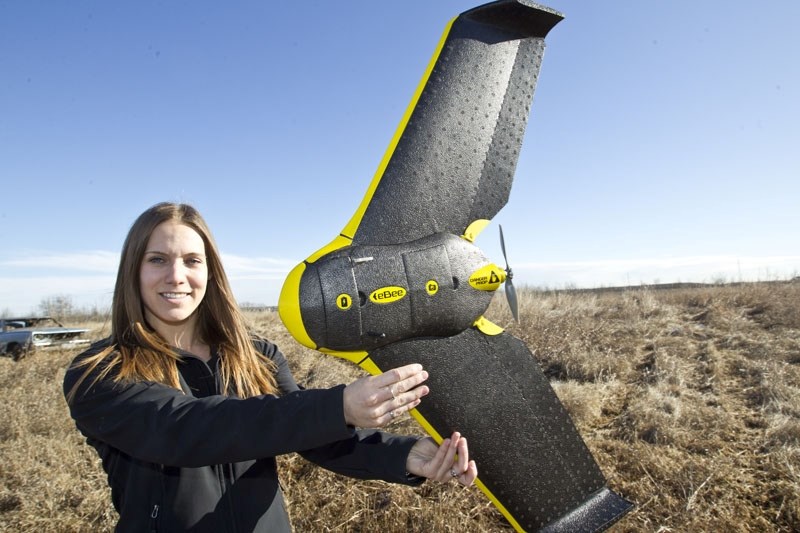St. Albert pilots say they're glad the federal government has brought in new rules to lasso rogue drones, even though those same rules effectively ban recreational flights in the city.
Federal Transportation Minister Marc Garneau announced new regulations for recreational drone users March 16.
The rules, almost all of which previously existed as guidelines, restrict where and when people can fly unmanned aerial vehicles (drones) in public for recreational purposes. Commercial and academic drone operations are already regulated.
Speaking at Billy Bishop Airport in Toronto, Garneau said that Transport Canada had seen a spike in safety incidents involving drones in the last three years, with 41 reported in 2014 compared to 148 last year.
"I am taking strong measures now before a drone hits an airplane and causes a catastrophic event. That is the kind of nightmare scenario that keeps me awake at night," he said.
The rules apply to any drone that weighs between 250 grams and 35 kg flown for recreational purposes. Such drones are no longer allowed to fly higher than 90 metres, within 75 metres of buildings, vehicles, vessels, people or animals, within nine kilometres of a forest fire or any place an aircraft could take off or land, at night, in clouds, in restricted airspace or where they could interfere with police or first responders. Pilots must remain within 500 metres and in visual contact with their drone at all times, and must mark their name, telephone number and address on the drone.
Violating these rules carries a $3,000 fine.
The rules do not apply to members of the Model Aeronautics Association of Canada (MAAC) flying at MAAC-sanctioned events or facilities. Transport Canada officials say the association received this exemption as the group requires liability insurance for its members and has an excellent safety record.
Drones can do great damage just by falling out of the sky, Garneau said. Just as airplanes follow strict rules in the air, so must drones.
Garneau said he believed the rules struck the right balance between public safety and supporting the drone industry.
Local pilots like rules
The new rules make it illegal to fly almost any drone in St. Albert for fun, as it is packed with buildings and has a helipad.
Model aircraft pilot and St. Albert Aeromodellers Society member Warren Duckering said he knew a few people who flew drones in the Sturgeon County region, most of whom flew them in their own backyards in the county or at the society's MAAC-sanctioned field.
While drones have great commercial potential, Duckering said that they could easily smash wings, engines and canopies of low-flying aircraft around St. Albert if used improperly. They also have great potential to annoy people and invade privacy if flown in cities.
"It's unfortunate that something that could be so much fun and could do so much good has to be so heavily regulated."
These rules were a step in the right direction, said Sterling Cripps, president of Canadian Unmanned Inc., a drone pilot training school that has worked on drone regulations in Canada.
"There are an awful lot of drone operators out there who are completely unaware or thumb their noses at the regulations," he said, and these new rules would draw more attention to the rules.
"If you're going to fly a drone, you have to know the rules."
Jeremy McCalla of St. Albert's Elevated Robotics Services (a commercial drone company) said he was glad to see the government bring in regulations, as he had seen many pilots flying drones over roads, parking lots and airports, which could put people and property at risk.
"Drones can be quite distracting," he said, and can cause car crashes if they land on cars or distract drivers. They also act as hard-to-spot, fast moving obstacles for pilots.
Duckering advised drone pilots to read up on the rules at the Transport Canada website and to consider joining the Edmonton Radio Control Society, which has a MAAC-approved field for pilots.
The St. Albert and Morinville RCMP report that they have not received any drone-related complaints this year.
The rules can be found at tc.gc.ca.



